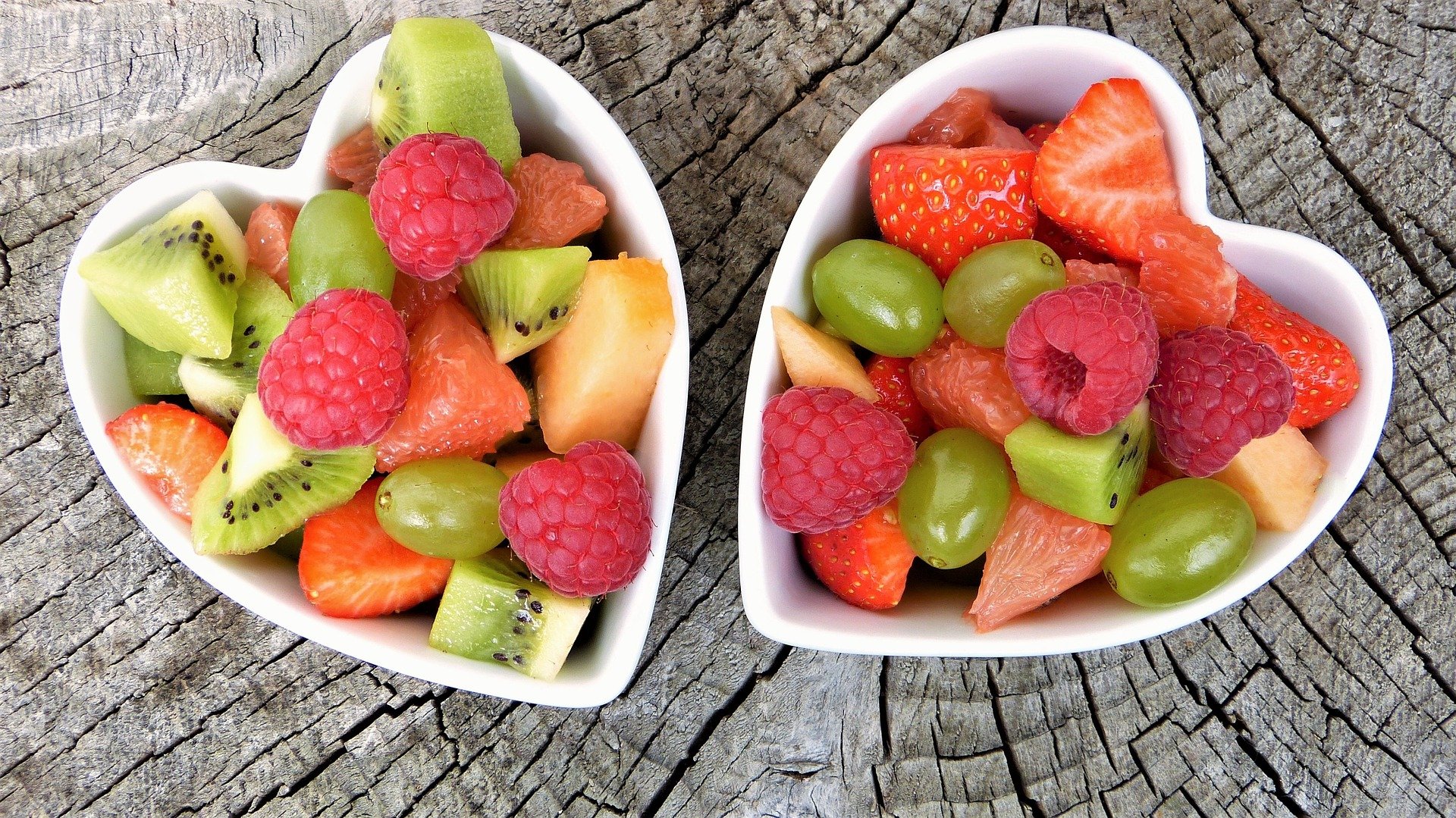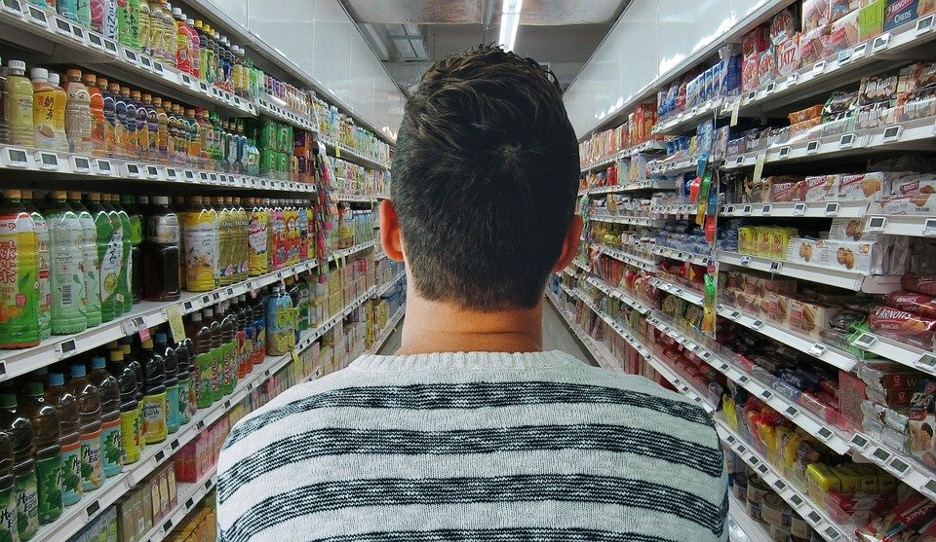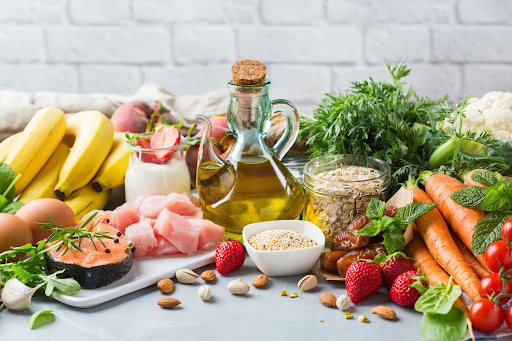
TOP 5 TIPS FOR MANAGING NUTRITION DURING A FLARE
Maintaining your nutritional health may be difficult when the disease is flaring. Being mindful of the foods you eat can make a massive difference in managing IBD symptoms.
How to Use Nutrition to Manage a Flare
1. Avoid foods that trigger your diarrhea or pain
- spicy or greasy foods
- dairy products
- sugars and starches that your body may not absorb
- vegetables and beans with large amounts of fiber
- colder beverages and caffeine
2. Keep a symptom diary
If you can't tell what bothers you, a symptom diary or food journal can help you and your doctor recognize patterns that might suggest which foods are bothersome. In your journal, be sure to track:
- Foods and activities that make you feel worse or trigger your symptoms
- Feelings and emotions before and after meals and if they cause symptoms (How do you feel? Are you stressed, preoccupied, or fatigued? Any other factors you can recognize?)
- Foods and activities that make you feel better or improve your symptoms
3. Consider vegetable purees
Sometimes, it isn't the fiber in the food that bothers you, but how it's eaten. The fiber in vegetables are great for your health: they act as prebiotic to feed the healthy bacteria in your intestine. However, the thick stalks of broccoli or leaves of vegetables may not get fully digested and cause a blockage at strictures or narrowed areas. If you can, try pureeing the vegetables into a smooth, mashed potato consistency–and note in your food journal whether the puree causes any bloating or diarrhea. If it does, avoid the food entirely (and similar vegetables) while you are having a flare.
4. Eat smaller, more frequent meals
Your stomach may not be emptying well. You may feel full quickly; or your intestine may speed the food you've eaten right through. To give your system a better chance of digesting and absorbing the food, eat more frequently with smaller portions at each time.
If you still can't eat well, are losing weight, or are having continued diarrhea or severe pain, consider talking to your doctor about a brief course of nutritional intervention with tube feedings or IV nutrition. Not what you would normally want, but they can help.

5. Tube Feeding (Enteral Therapy)
The tube delivers an easily absorbed formula directly into the stomach very slowly, which provides a longer time for the intestine to absorb the nutrients. It also simplifies what the intestine has to digest. Sometimes, it is possible to do the feeding and still eat 10-20% of what you would normally consume. It is also possible to just drink the fluids instead of using a tube – as long as you can get them all in and they don't bother you.
Or
IV Nutrition (Parenteral Nutrition, TPN):
Using an IV to deliver nutrition directly into the bloodstream puts the intestine at rest (gut rest). This allows all of the nutrients the body needs to instantly absorb without needing to be digested.
This article, as well as all others, was reviewed and edited by a member of our Medical Advisory Board.
Subscribe Be the first to know




